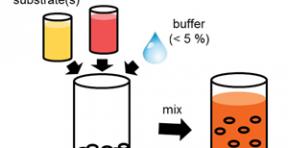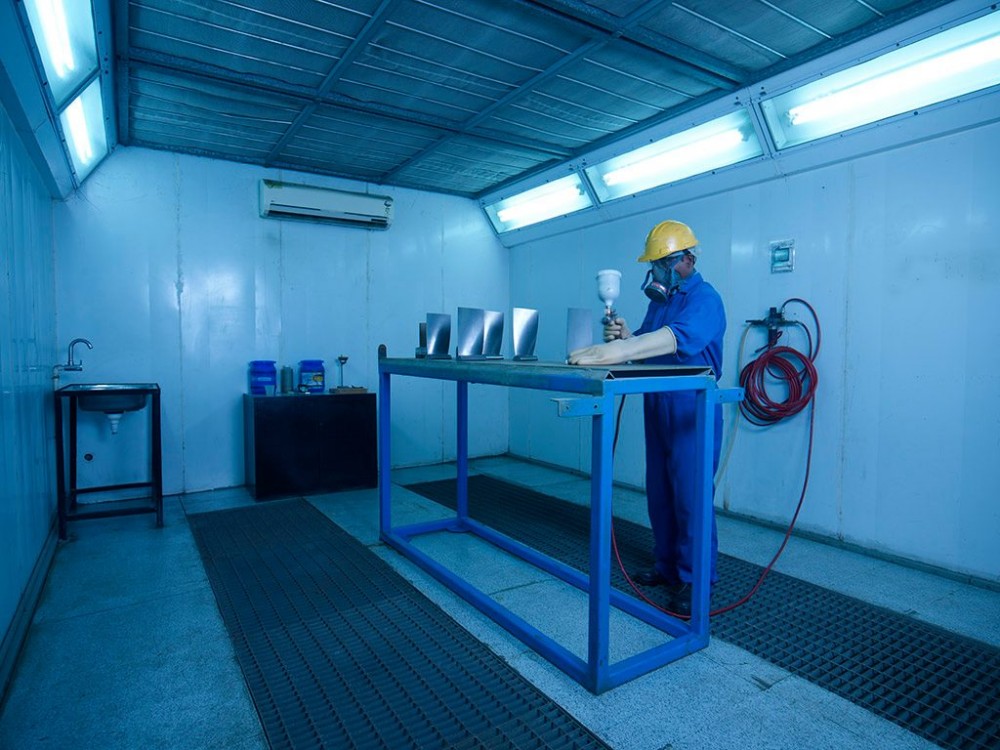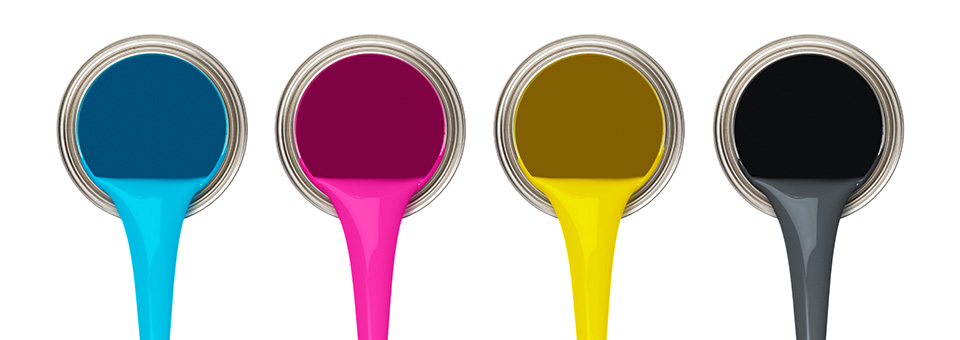In every chemistry lab you can find a lot of solvents to choose from. This is the most difficult choice to make and the most important. So where do you begin?
If the solvent is not specified, you need to try a variety of solvents to estimate what will work best for the solute you are trying to recrystallize. This testing can be done by putting a small peace of your solute (about the size of a pea) into three small test tubes. In each test tube, place 0.5 mL of each potential solvent. Use a stirring rod to agitate the solute or "flick" the bottom of the test tube with one finger while holding the top with the other hand. If the solute dissolves at room temperature with stirring, the solvent should be discarded as a potential recrystallization solvent. If the sample does not dissolve at room temperature, place the test tube in a hot water bath and stir the contents. If the solute partially dissolves add more solvent and continue stirring. If the solute dissolves completely, remove it from heat and place it in an ice-water bath. If crystals do not form, try to scratch the inside of the test tube with a stirring rod. If crystals form, you have found an appropriate recrystallization solvent; if no crystals form, keep looking for the right match between solvent and solute.
If no solvent can be found, perhaps you will need to use a mixed solvent. If two solvents in which the solute has different solubility characteristics are mixed, sometimes an appropriate solvent can be found. For instance, if your solute is insoluble in water but soluble in ethanol at room temperature, a mixture of the two solvents may produce an appropriate solvent in which the solute is insoluble at room temperature but very soluble at a significantly higher temperature. To find the proper proportion of water to ethanol in this example, first, completely dissolve your solute in ethanol at room temperature. Then, begin to add water until the solution becomes cloudy (this is because all of the solute is no longer held in solution). Add just enough ethanol to make your solution clear and begin your recrystallization procedure.




